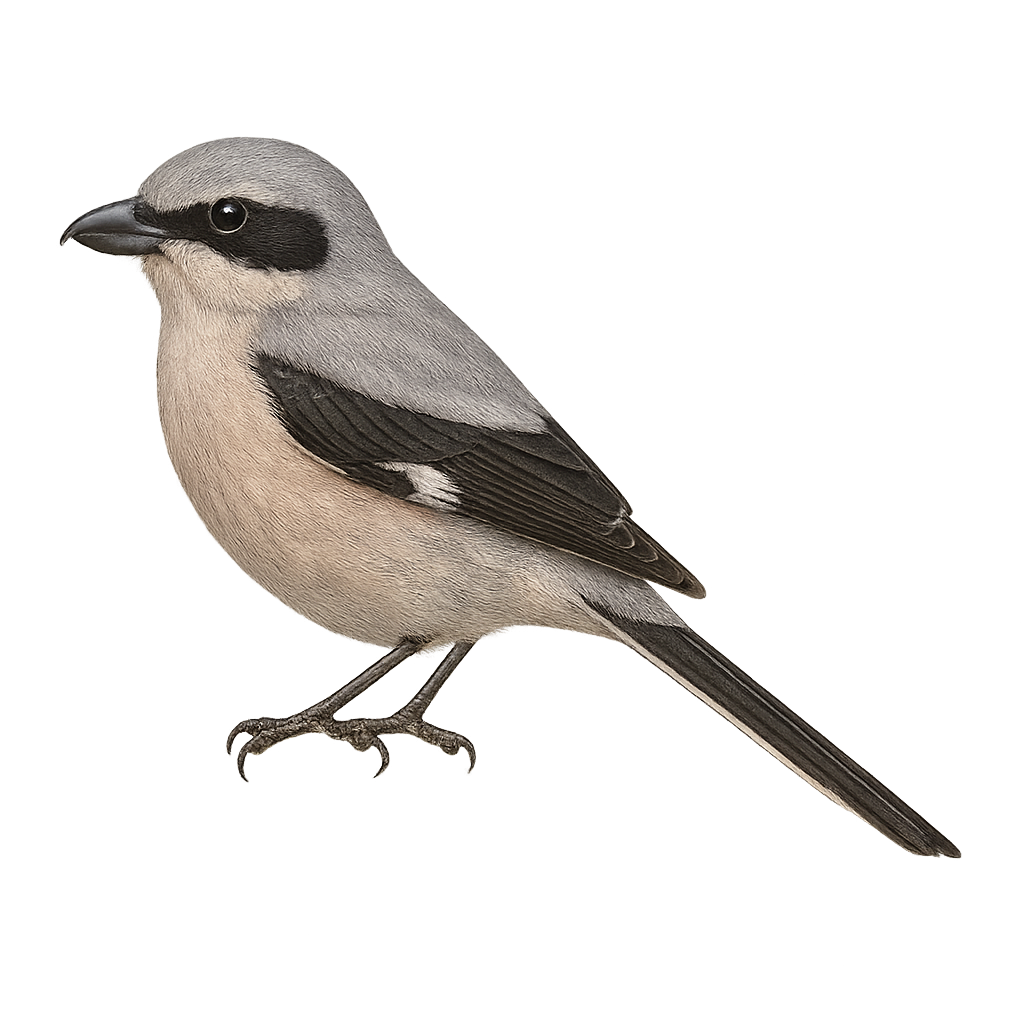Your wildlife photography guide.
Explore the southern grey shrike in detail, study its behavior, prepare your shots.
Where to observe and photograph the southern grey shrike in the wild
Learn where and when to spot the southern grey shrike in the wild, how to identify the species based on distinctive features, and what natural environments it inhabits. The WildlifePhotographer app offers tailored photography tips that reflect the southern grey shrike’s behavior, helping you capture better wildlife images. Explore the full species profile for key information including description, habitat, active periods, and approach techniques.
Southern Grey Shrike
Scientific name: Lanius meridionalis

IUCN Status: Least Concern
Family: LANIIDAE
Group: Birds
Sensitivity to human approach: Suspicious
Minimum approach distance: 10 m
Courtship display: March to May
Incubation: 15-17 jours
Hatchings: March to June
Habitat:
open areas, grasslands, scrublands
Activity period :
Primarily active during the day, with peak activity in the morning and late afternoon.
Identification and description:
The Southern Grey Shrike is a medium-sized bird, recognizable by its grey and white plumage, with black wings and a distinctive black band across the eyes. It is often seen perched on bushes or wires, watching for prey. This bird is a formidable predator, feeding mainly on insects, small mammals, and other birds. It is known for impaling its prey on thorns or barbed wire, a technique that allows it to store food. The Southern Grey Shrike is a territorial bird, often solitary, except during the breeding season when it forms pairs.
Recommended lens:
400 mm – adjust based on distance, desired framing (portrait or habitat), and approach conditions.
Photography tips:
To photograph the Southern Grey Shrike, it's advisable to use a telephoto lens of at least 400mm to capture detailed images without disturbing the bird. Look for open areas where the bird is often perched, such as wires or exposed branches. Be patient and discreet, as although this bird is suspicious, it can get used to your presence if you remain still. Take advantage of the golden hours in the morning or afternoon to benefit from soft, warm light that will highlight the details of its plumage.
The WildlifePhotographer App is coming soon!
Be the first to explore the best nature spots, track rutting seasons, log your observations, and observe more wildlife.
Already 1 431 wildlife lovers subscribed worldwide

